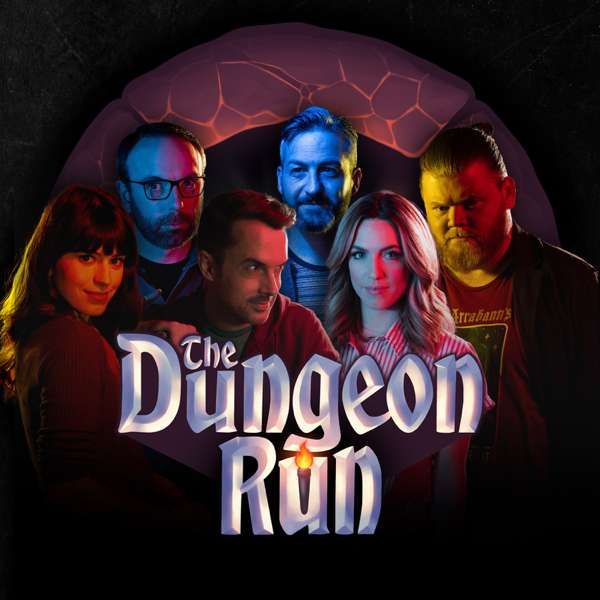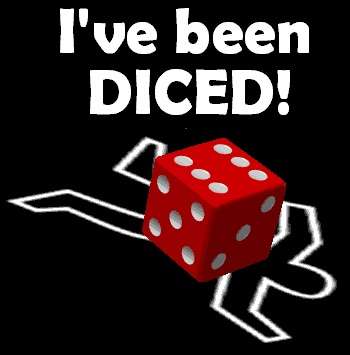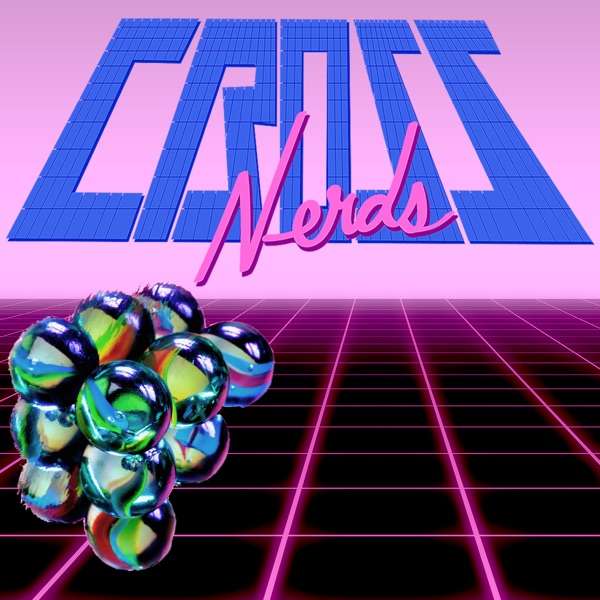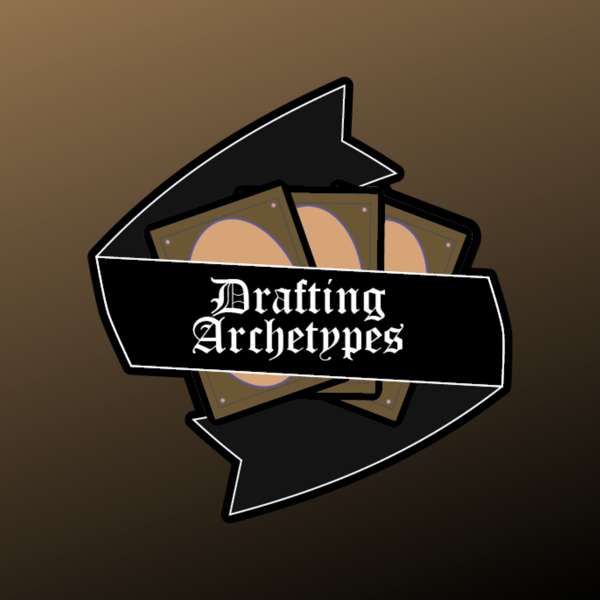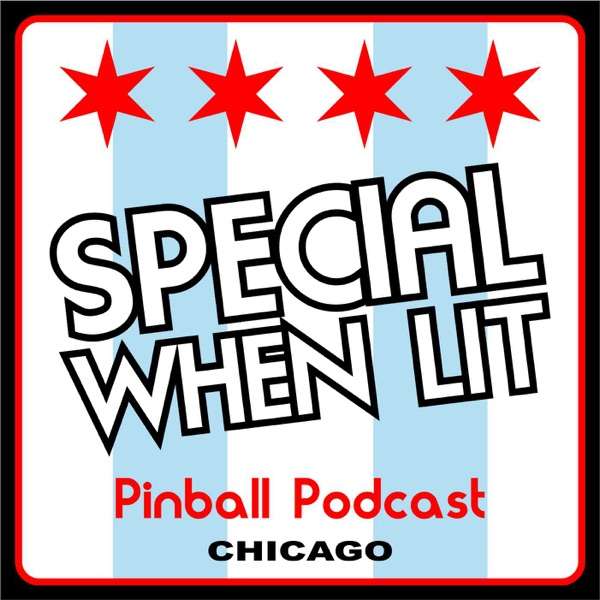When running 13th Age, we GMs often search for the best ways to make those 5s and 6s rolled for Icon Relationships a meaningful part of the ongoing story at the table. Inspired by a classic setting, I offer below a new mechanic to provide another tool to use to make those rolls have lasting impact.
One of my favorite campaign settings ever is Planescape. A key part of the setting were the diverse and competing factions which could provide the context for numerous stories and adventure hooks.Then, years later, along came 13th Age. One of the exciting things about 13th Age is that, as a game born of two designers’ homebrew, it provides the building blocks for systems to support interesting and innovative play. Blending the great ideas of the Planescape factions with the mechanical storytelling support from 13th Age seemed like an exciting idea.
I started my thought process, like a good completist, with an attempt to purchase all the Planescape products with the idea of bringing the factions of Planescape to 13th Age. I also wanted some other mechanic to hang on Icon Relationships, an so I fleshed out a series of ideas to use at the table for how the rolls could influence a character’s status in a faction long term. These rules can be used for really any faction-based game or even just in your core 13th Age game to represent how noticed the characters are by their Icons. The goal here is to provide a framework for GMs to use in their games to represent factions and Iconic organizations.
Faction Status revolves around the idea that the Icons (whether they are true factions or not) have a power structure that they influence and control. The Icon Organization paragraph from the 13th Age Core Book shows this to be true for the Icons of the Dragon Empire, “Most of the time that you’re interacting with an icon, you’re actually interacting with his or her lower-level functionaries, acolytes, disciples, bureaucrats, lieutenants, barons, or priests. Functionaries are the GM’s best friends, and they can be your worst enemies (page 38).”
Characters can interact with these organizations (which for our purposes will be referred to as factions) during the course of play as their Icon dice show 5s and 6s. This idea asks the question ‘what if these results are moments where the characters stand out and gain status with the Icon’s organization?’
Full disclosure, this requires that someone (probably the GM) keeps track of the total of 5s and 6s the players rolled with their Icons over the course of the game. The total represents their current status within the faction. As they trigger interactions with their Icon, the character climbs in their Icon’s organization. As they crossed certain thresholds, gain benefits from their status. This would be in addition to any session bonuses they use these 5s and 6s for.
False Heights & Sudden Crashes
Let’s talk about those pesky 5s for the moment. 5s represent a complication to the interaction with the Icon. In terms of Faction status, this represents an inflated standing in the organization. Perhaps it the character’s actions were inflated or secretly the Prince of Shadows used them to hurt the faction in the long run. The next time a PC takes a campaign loss, the bubble bursts, and they lose all the points they had with the faction that were generated from 5s. Harsh, but a faction’s love is fickle, and rising stars can come crashing down.
Tiers and Rewards
Rewards are static bonuses as well as additional ways to spend for characters to spend their 5s and 6s. I am going to give some ideas as guidelines. In the end, it is your game, and you can riff of this how you like.
Tiers
“Who Are You?” Rank 0 – (0-5 Status)
The Adventurer solely known by their Icon dice. The Icon reaches out to them or they can draw on the connection for knowledge, but no real benefit is gained beyond the basic rules.
“Initiate” Rank 1 – (6-15 Status)
At this level, the Icon’s faction become aware that the adventurer exists. The faction can be sought out, and basic aid will be rendered.
Faction bonuses can include:
Faction Safe House – The adventurer can access the faction’s base of operations and procure safe lodging or passage for the group. A 5 could represent that the term ‘safe’ is relative.
Faction Goods – The adventurer has a sure source of replacement or new gear, as well as access to 1d6+1 potions or oils per level. For a reasonable price, of course.
Specific Icon bonuses include:
Power of the Icon Rewards (e.g. Emperor, Dwarf King, Orc Lord) – Short term tactical knowledge gives the PC a +1 to hit or damage with weapon attacks (+2 at Champion, +3 at Epic) for a battle.
Wisdom of the Icon Rewards (e.g. Archmage, Diabolist, Prince of Shadows) – Using the wealth of information available to such Icons, the PC gains a +2 to background rolls on a specific subject for the session. Like how to pick the locks within the Stone Thief, or riddles in the dark.
“Up and Coming” Rank 2 – (16-25 Status)
By this point the adventurer has established herself with word and deed. The Faction is willing to take some risks in dealing with them, as they have proven that their relationship with the Icon is not just a passing craze.
Faction bonuses can include:
Faction-Specific Ability – The adventurer is granted an ability that is iconic for the faction. Taking a page from Planescape’s Dustmen, maybe the Lich King’s Faction provides that the adventurer will be ignored by undead until they take a hostile action. Perhaps Kobolds will default to a positive disposition to an adventurer strongly invested in the Faction of The Three.
Faction Background – The adventurer gains a +2 background that is faction based.
A Sure Source of Aid – The adventurer at this point counts on the faction to provide aid beyond just shelter. The resources and manpower of the faction may be put to use for short-term gains.
Specific Icon bonuses include:
Specific Gear Loans – Need a flaming sword to clear out a troll den, the Emperor has you covered. Or perhaps the crystalized soul of a dead god of light for a ritual, the Santa Cora Choristers have just the one for you.
Power of the Icon Rewards (e.g. Emperor, Dwarf King, Orc Lord) – The adventurer is granted a martial bonus appropriate to the Icon for the rest of the session. Perhaps the Orc Lord grants Dangerous to his followers or the Emperor provides a buffer of ‘fake’ HP that exists only for the purposes of resisting fear, shoring up the PC’s defenses with righteous fervor.
Wisdom of the Icon Rewards (e.g. Archmage, Diabolist, Prince of Shadows) – The adventurer is granted, through research or interaction with the great minds of his faction, the answer to a question he seeks. Perhaps a campaign goal is now understood, a riddle is solved, or a word of binding sends the rampaging demon back to the Abyss.
“Face of the Faction” Rank 3 – (26 – 35 Status)
The adventurers are the movers and shakers of the faction. While there are those higher up in the organization, the adventurers have become powers in their own right within their Icon’s faction. However, 5s may mean that other adventurers are calling on the adventurer to aid them in their problems.
Faction bonuses can include:
Faction Background – The Faction background increases to +4.
Specific Icon bonuses include:
Henchmen – The faction sends out a junior member with the adventurer to accomplish a specific task. The Henchmen functions as a slot-less magic item. They provide a bonus to hit and damage equal to twice the adventure’s tier (+2 at adventurer, +4 at champion, +6 at epic). It has an appropriate background at +8 (they use the adventurer’s level when rolling for it). The Henchman can be directly attacked if the story warrants it (only has 30 HP per tier) and if they die, the adventurer loses 1d6 faction points (x2 at champion, x3 at epic).
Faction Assault (1x per tier, subject to GM approval) – The power of the faction is at the adventurer’s disposal. Rather than deal with an encounter, the adventurer can have his faction handle it. Narrate how the adventurer is sent this aid, butdo not count this towards the group’s four-battle total needed to earn a full heal-up. Also, make sure to let the Faction grab what it can for itself in the way of gold or treasure from the encounter. After all, this kind of aid is never cheap.
Resurrection (1x per tier. Costs 10 status points) – The faction protects its own at this level. They have invested a lot in the adventurer and don’t want to see all that effort go to waste. But getting killed is a huge drain on their resources, so expect it to burn some bridges.
Gift of the Icons – Whether a piece of sacred knowledge, magic token, or insightful training, the PC gains the use of a daily power from another class or may cause a power they currently possess to recharge as a save one step easier (hard becomes normal, normal becomes easy).
Note: This list of powers and Ranks is not supposed to be exhaustive. It is but a sample to be expanded and built upon.
Consequences
In my Ta’nar game, I have a nice web of how the Icons interact with each other. This is important, because as the adventurers gain status with their faction, opposing factions begin to align against them. Also, no one rises high in an organization without stepping on some toes. The adventurers’ rise to status can be seen as happening at the expense of others. This framework provides some interesting interpretations for 5s as well. Are the adventurers’ plans opposed by a rival faction or sabotaged from within by rivals jealous of their status?
Written by JM as an update to an article he originally wrote for his now-defunct blog – Origins of a Dark God.

 Our TOPPODCAST Picks
Our TOPPODCAST Picks  Stay Connected
Stay Connected


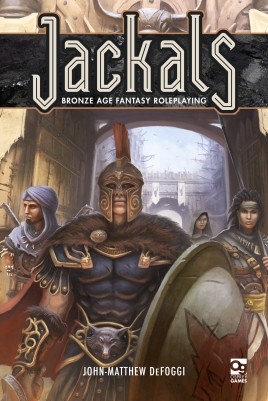 This week we have a special treat in store for you, as our very own JM is interviewed about the RPG he wrote! Join us as we hear his take on the Jackals game, from his own elevator pitch to his inspirations and his favorite mechanics and some fun in-game moments that came up during development.
This week we have a special treat in store for you, as our very own JM is interviewed about the RPG he wrote! Join us as we hear his take on the Jackals game, from his own elevator pitch to his inspirations and his favorite mechanics and some fun in-game moments that came up during development.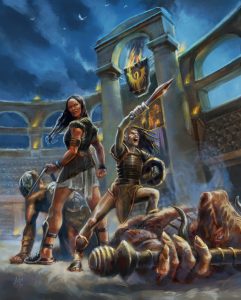 This week we give the Iconic Review on the upcoming Crown of Axis book, which will soon be released as a PDF-only product.
This week we give the Iconic Review on the upcoming Crown of Axis book, which will soon be released as a PDF-only product. This week we give the Iconic Review on the upcoming Elven Towers book, which is a champion-tiered adventure set deep in the lore of the elves. While we try to keep it spoiler-free, we do cover each section of the book, so listen at your own peril!
This week we give the Iconic Review on the upcoming Elven Towers book, which is a champion-tiered adventure set deep in the lore of the elves. While we try to keep it spoiler-free, we do cover each section of the book, so listen at your own peril! This week we examine the newest official class to have been published, the Demonologist. It can be found in the pages of the Book of Demons, which
This week we examine the newest official class to have been published, the Demonologist. It can be found in the pages of the Book of Demons, which 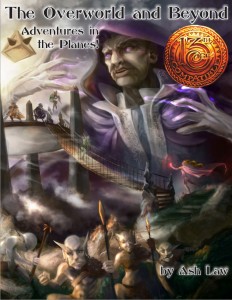 This week we take an in-depth look at Overworld and Beyond: Adventures in the Planes! We give our usual high-level overview of all the content you can find between the covers, and spoilers: there is a LOT in this book!
This week we take an in-depth look at Overworld and Beyond: Adventures in the Planes! We give our usual high-level overview of all the content you can find between the covers, and spoilers: there is a LOT in this book! This week we welcome back to the show John Marvin of Dread Unicorn Games! He joined us to talk about some of the things he’s been working on and give an update on the “Gods and Icons” and “The Overworld and Beyond” products for 13th Age.
If you’re interested in finding out more about the great products he’s been producing, head on over to
This week we welcome back to the show John Marvin of Dread Unicorn Games! He joined us to talk about some of the things he’s been working on and give an update on the “Gods and Icons” and “The Overworld and Beyond” products for 13th Age.
If you’re interested in finding out more about the great products he’s been producing, head on over to  This week we give our take on the 13th Age adventure, The Crown of Charon. It’s a tournament adventure, which is different from other products we’ve reviewed in the past.
This week we give our take on the 13th Age adventure, The Crown of Charon. It’s a tournament adventure, which is different from other products we’ve reviewed in the past.